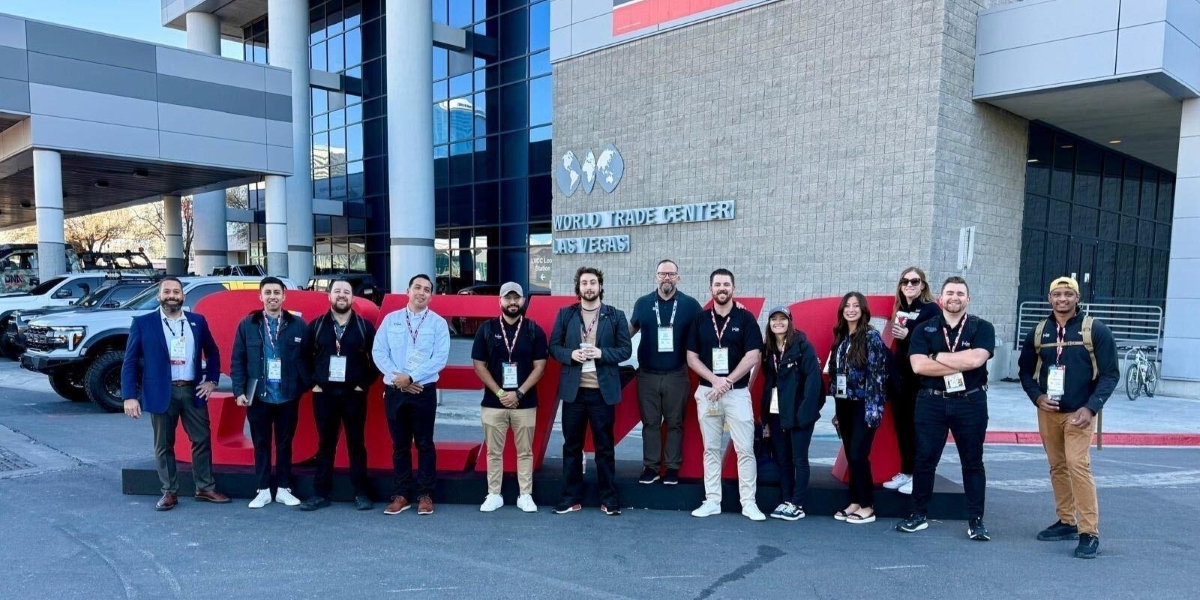For over a century, the name “Detroit” has been synonymous with the American automotive industry. From the pioneering assembly lines of Henry Ford to the towering headquarters of the “Big Three”—General Motors, Ford, and Chrysler—Detroit was the undisputed heart of global car manufacturing. This industrial powerhouse not only shaped the landscape of Michigan but also profoundly influenced American society, economy, and culture. The roar of internal combustion engines (ICE) from its factories echoed across the nation, symbolizing innovation, mass production, and the dream of personal mobility.
The automotive landscape is undergoing its most significant transformation since the invention of the automobile itself: the rapid pivot towards electric vehicles (EVs). This shift is not merely a technological upgrade; it represents a fundamental reshaping of manufacturing processes, supply chains, workforce demands, and even the geographic distribution of automotive production across the United States. While Detroit remains central to this evolution, the rise of EVs is creating new hubs of innovation and manufacturing, challenging the traditional stronghold of the Motor City and forging a new future for American automotive might.
Detroit’s Legacy: The Motor City’s Golden Age
Detroit’s dominance in the automotive industry began in the late 19th and early 20th centuries, a period often referred to as its “Golden Age.” Early pioneers like Ransom E. Olds, who established the first automotive assembly line in 1899, laid the groundwork. However, it was Henry Ford’s revolutionary moving assembly line, introduced in 1913, that truly cemented Detroit’s status as the “Motor City.” This innovation dramatically cut production times and made cars affordable for the average American, leading to unprecedented industrial growth.
The “Big Three” — Ford, General Motors (GM), and Chrysler — became the pillars of Detroit’s economic and cultural identity. They not only mass-produced vehicles but also developed diverse brands, pioneered advancements in fuel efficiency, design aesthetics, and introduced crucial safety features like hydraulic brakes. The automotive industry became a colossal employer, attracting hundreds of thousands of workers from across the country and the globe, forging a robust middle class and driving national economic growth. The vast complexes like Ford’s River Rouge Plant became symbols of American industrial might, integrating every step of vehicle production from raw materials to finished cars.

While the industry saw incredible highs, it also faced challenges, including labor disputes, economic crises like the 1974 oil crisis, and increased competition from international automakers. These pressures, combined with a shift of manufacturing jobs to suburban areas, led to periods of decline for Detroit. However, the city and its automotive legacy demonstrated resilience, navigating through downturns with strategic cost reductions, workforce training, and efforts to adapt to changing market demands. The enduring spirit of ingenuity and determination, rooted in the Motor City’s history, would prove vital for the coming electric revolution.
The Electric Revolution: A Paradigm Shift for Manufacturing
The transition to Electric Vehicles (EVs) represents a fundamental paradigm shift for the US automotive manufacturing landscape, moving far beyond simply changing the fuel source. EVs are inherently less complex than their internal combustion engine (ICE) counterparts, possessing significantly fewer moving parts. For example, EVs have approximately 80% fewer moving parts than traditional gasoline-powered vehicles, which impacts everything from design and production processes to maintenance requirements.
This reduction in complexity has significant implications for manufacturing. While initial predictions suggested a drastic reduction in labor hours and jobs due to fewer components, recent studies show a more nuanced picture. While some traditional jobs related to engine and transmission production may decline, the ramp-up of EV production, especially for premium models with advanced features, often requires a larger workforce in the assembly plants. Furthermore, the burgeoning demand for EV batteries and electrical components is creating an entirely new segment of the supply chain, requiring massive investments in new gigafactories.
The shift to EVs also redefines manufacturing processes. Instead of entirely closing existing light vehicle assembly plants and building new ones from scratch, many automakers are reconfiguring their current facilities to produce a mix of ICE, hybrid, and battery-electric vehicles. This adaptability allows manufacturers flexibility to respond to evolving consumer demand. However, the production of batteries, the most crucial and expensive component of an EV, is largely happening in new, dedicated factories. These battery plants, while potentially located outside traditional “auto alley” regions, are often clustering in the broader Midwest, creating new focal points of automotive employment and investment.
The New Geography of Automotive Production
The rise of EVs is not just changing what’s built, but also where it’s built, subtly but significantly reshaping the traditional geography of the US automotive industry. While Detroit and the broader “auto alley” (the manufacturing corridor stretching across the Midwest) remain critical, the focus is expanding to new locations driven by the needs of EV battery and component manufacturing.
Massive investments, totaling hundreds of billions of dollars, are flowing into establishing new EV and battery production facilities across the United States. States like Michigan, Kentucky, Tennessee, and Georgia are seeing significant new plant constructions and expansions. For instance, Ford and GM are heavily investing in expanding battery facilities in Michigan and Kentucky, while other companies are establishing new factories in states traditionally not at the core of automotive assembly. This decentralization marks a departure from the historical concentration of manufacturing purely around Detroit.

This new geographic spread is influenced by factors such as access to raw materials for batteries, proximity to potential new energy sources, availability of skilled labor for specialized EV manufacturing, and state-level incentives designed to attract these high-value investments. While the final assembly of vehicles may still occur in reconfigured traditional plants, the critical, capital-intensive production of batteries and electric motors is creating new industrial clusters. This evolution means that the “US automotive landscape” is becoming more diverse, with new regions and communities benefiting from the economic activity associated with the electric vehicle revolution.
Challenges and Opportunities for the US Auto Industry
The transition to EVs presents both immense challenges and unprecedented opportunities for the US automotive industry. On the challenge front, adapting existing infrastructure and workforce for EV production is a monumental task. Retooling factories, retraining skilled labor for new EV-specific jobs (like battery maintenance or software integration), and managing the decline in traditional ICE component manufacturing jobs require careful planning and significant investment. Supply chain resilience is another major concern, particularly securing critical minerals for batteries and reducing reliance on foreign sources. Geopolitical tensions and evolving trade policies, such as tariffs, further complicate the global competitive landscape.
Consumer adoption rates also pose a challenge. Factors like range anxiety, the availability and speed of charging infrastructure, and the often higher upfront cost of EVs compared to ICE vehicles need to be addressed to accelerate mass adoption. Government incentives and regulations play a critical role in shaping demand and pushing manufacturers towards electrification goals, but the pace of these changes can be uncertain, as seen with shifts in policy.
The opportunities are equally significant. The US has a chance to reassert its leadership in automotive innovation, not just in production but also in advanced battery technology, software integration, and autonomous driving systems, which are increasingly intertwined with EVs. Domestic manufacturing of EVs and their components can create new high-tech jobs, strengthen the US industrial base, and reduce dependence on foreign supply chains. The shift also aligns with global sustainability goals, offering a pathway to reduced greenhouse gas emissions and improved urban air quality. The competition from new pure-EV manufacturers like Tesla and international players like BYD is also pushing legacy automakers to innovate faster and more aggressively. By leveraging their vast manufacturing capabilities, established distribution networks, and brand recognition, the traditional Detroit automakers are strategically positioning themselves to lead in this new electric future.








